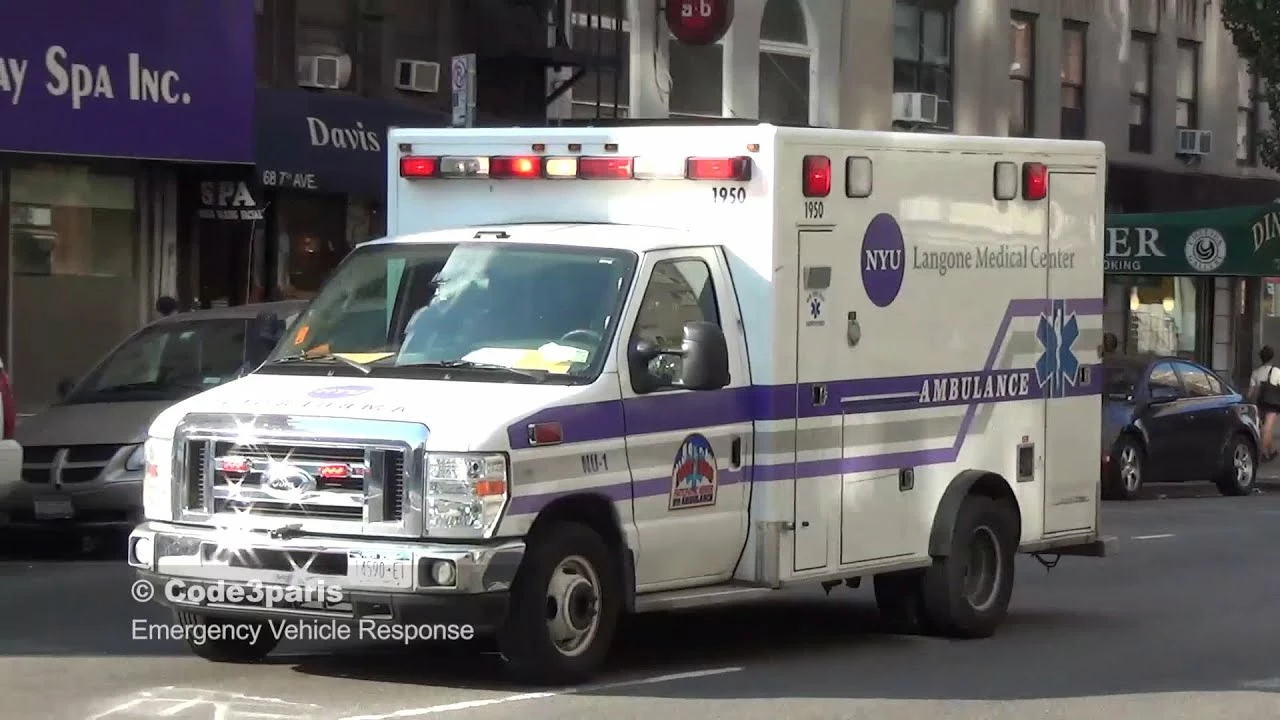Ride: The Basics, the Thrill, and How to Get Started in Motorsports
If you’ve ever felt the urge to jump on a bike or hop into a race car, you’re not alone. Riding isn’t just a hobby – it’s a pulse‑pounding way to feel speed, control, and the open track. In this guide we’ll break down the essential steps to start riding, share some tips from seasoned racers, and look at what a career in motorsport really looks like.
Getting Your Feet on the Pedals – How to Start Moto Racing
First thing’s first: find a local track that offers beginner sessions. Most circuits run a “track‑day” program where you can rent a bike, get a quick safety briefing, and try a few laps. Pair that with a few lessons from an experienced rider – the difference is huge. They’ll teach you body position, braking points, and how to look where you want to go. After a couple of sessions, invest in proper gear: a full‑face helmet, gloves, boots, and a snug suit. Safety isn’t optional; a single mistake can cost more than a bruised ego.
Next, start small. A 250cc bike gives you enough power to feel the rush without overwhelming you. Keep your first rides short, focus on smooth throttle control, and practice the basics over and over. Consistency beats speed when you’re learning. As your confidence grows, you can move up to bigger machines and longer sessions.
Is a Motorsport Career Worth the Ride?
Dreaming of a paycheck that comes with a checkered flag? It’s possible, but it’s not a straight‑line path. Racing demands discipline, cash, and a thick skin for setbacks. Many pros start as mechanics, engineers, or test riders and work their way up. If you love the tech side, learning software like MATLAB or CarSim gives you an edge – race engineers rely on these tools to fine‑tune car setups and squeeze out every millisecond.
On the driver side, sponsorship is a big piece of the puzzle. Even the most talented rider can’t race without funding. Build a solid online presence, document your progress, and network at every event. The upside? When you break into the scene, the adrenaline of a tight corner, the roar of the crowd, and the feeling of a perfect lap are unbeatable.
Don’t ignore the physical side either. A fit body handles G‑forces better and recovers faster after a hard crash. Incorporate cardio, core work, and flexibility into your routine. The better you look after a race, the more likely teams will keep you around.
Lastly, remember the wide‑base design of race cars isn’t just for looks. A broader track footprint gives the car stability in fast corners, spreads weight evenly, and even helps protect the driver in a crash. Understanding why cars are built that way can make you a smarter rider, especially if you ever transition to four‑wheel racing.
Whether you’re chasing the thrill of a first lap or plotting a long‑term career, the ride starts with a single step onto the track. Grab your helmet, find a local program, and let the road teach you what the books can’t. The world of motorsports is waiting – are you ready to answer?
In my latest blog post, I explored the question of who is allowed to ride in the back of an ambulance. From my research, I found that typically, immediate family members or a close friend can accompany a patient if the paramedics deem it safe and appropriate. It's important to note that this can vary depending on the situation and the policies of the ambulance service. In some cases, it might not be feasible for anyone to ride along due to space constraints or the severity of the patient's condition. Overall, it's best to follow the guidance of the paramedics to ensure the safety and well-being of the patient and the crew.

